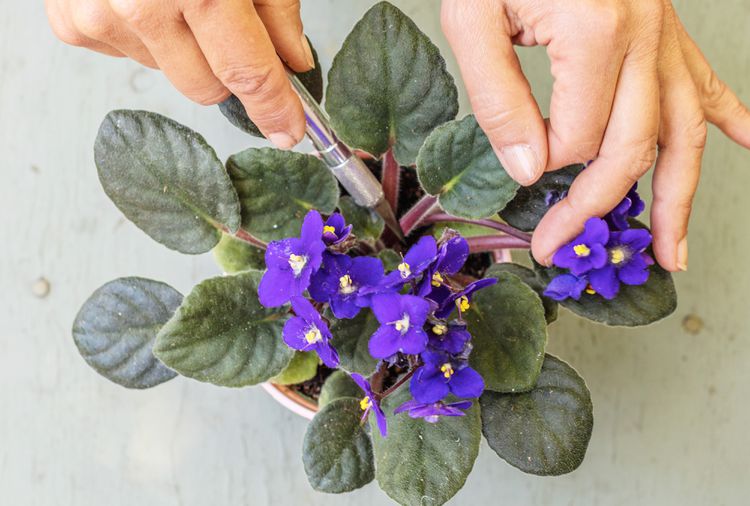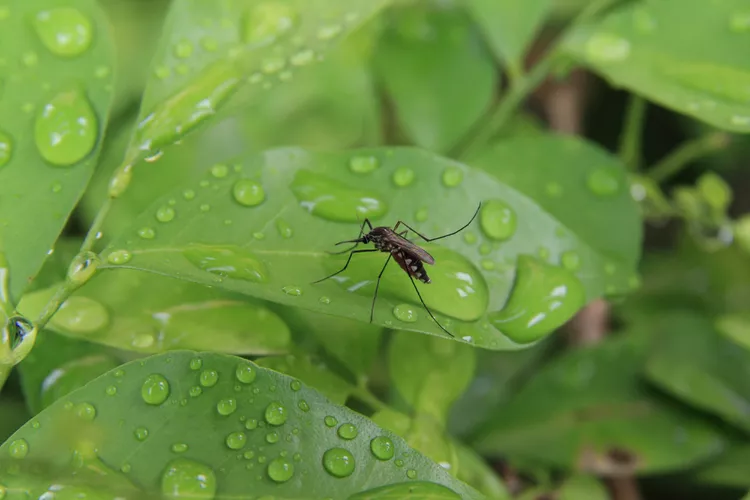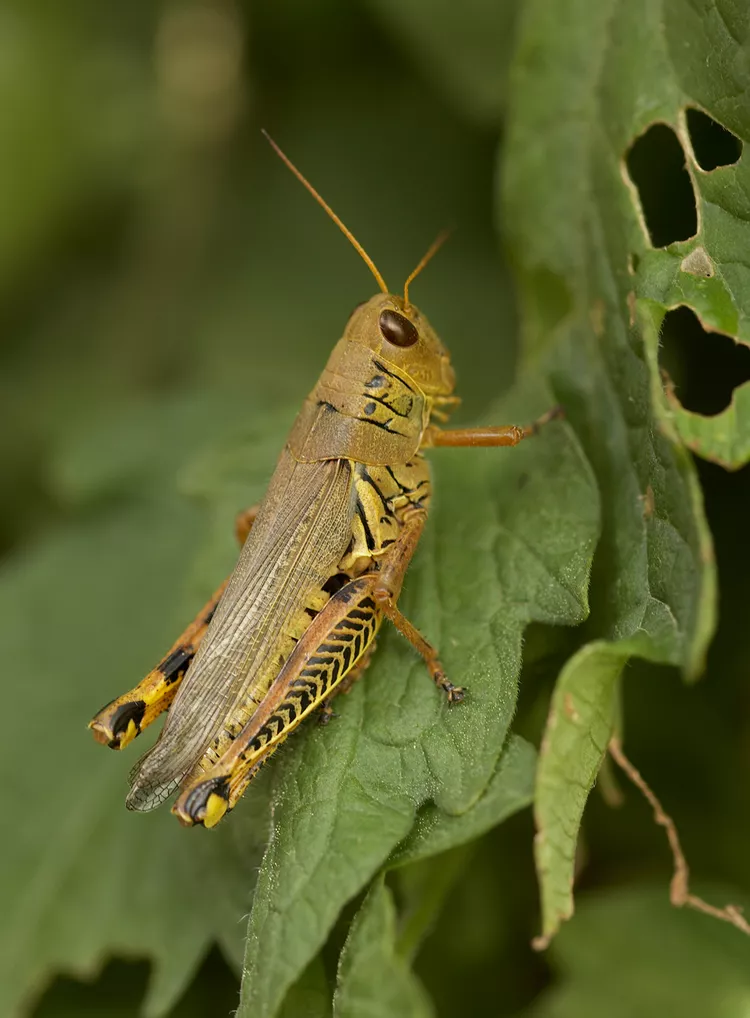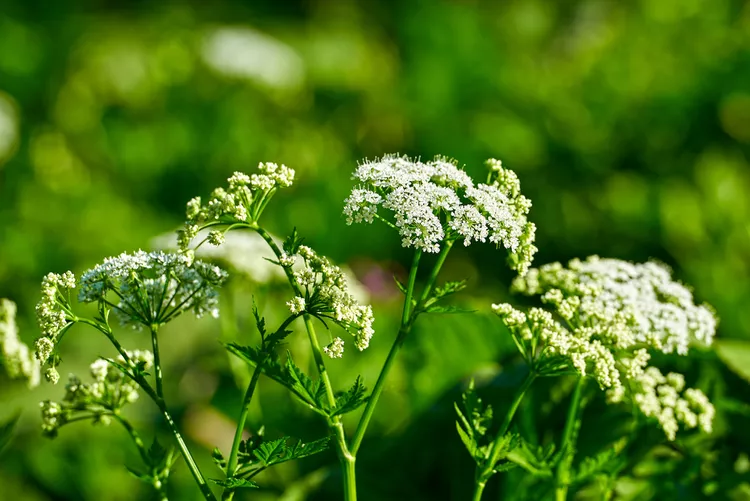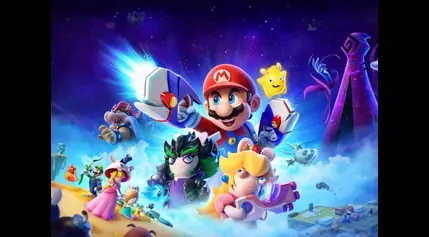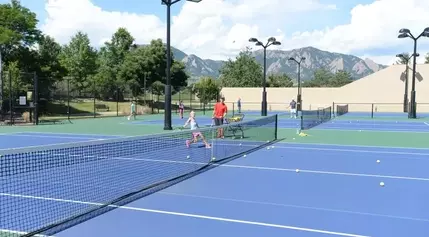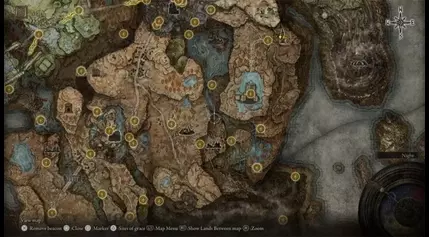Breakthroughs in Artificial Cognition: Hydrogel Learns to Play Pong
In a groundbreaking development, scientists have trained an unassuming lump of hydrogel to master the classic video game Pong. This innovative experiment, detailed in a research paper from the University of Reading, sheds light on the potential of artificial neural networks (ANNs) to mimic the learning capabilities of biological neural networks (BNNs). As researchers push the boundaries of what's possible in the realm of artificial intelligence, this achievement holds significant implications for the future of cognitive computing.Unlocking the Secrets of Biological Cognition
Bridging the Gap Between Biological and Artificial Neural Networks
The experiment conducted by the University of Reading researchers aimed to explore the inherent limitations of current ANNs, which are largely based on approximations of biological neural networks. While these artificial systems have demonstrated impressive capabilities, they often fall short in replicating the adaptability and learning abilities observed in living organisms.To address this challenge, the scientists turned to an unlikely source of inspiration: a humble lump of ionic electroactive polymer hydrogel. By embedding this water-based goo within a simulated Pong environment and using a system of electrodes to stimulate and record its responses, the researchers were able to observe the hydrogel's ability to learn and adapt to the game's dynamics.
Unlike traditional ANNs, which rely on rigid, pre-programmed algorithms, the hydrogel's structure and behavior more closely mimic the dynamic neural networks found in biological systems. As the electric currents passed through the goo, the ions within it concentrated and reacted, causing the material to swell and stretch in ways that emulate the formation of memories and connections in the human brain.
Pong as a Testbed for Artificial Cognition
The selection of Pong as the game of choice for this experiment was not arbitrary. The researchers recognized the value of using a well-known and relatively simple video game as a controlled environment to study the emergence of memory and learning in an artificial system.By breaking down the Pong playing field into discrete quadrants and translating the game's signals into electrical stimuli, the scientists were able to establish a closed-loop feedback system between the computer and the hydrogel. As the goo responded to the game's inputs, it generated corresponding movements of the virtual paddle, which were then fed back into the system, allowing the material to gradually improve its Pong-playing abilities.
While the initial improvements in the hydrogel's Pong performance were modest, at around 10%, the researchers believe that with further refinements and the incorporation of active reward/punishment feedback mechanisms, even greater advancements could be achieved. This would bring the artificial system closer to the level of adaptability and memory formation observed in biological neural networks.
Pushing the Boundaries of Artificial Intelligence
The successful training of a hydrogel to play Pong represents a significant step forward in the quest to understand and replicate the complex processes underlying biological cognition. By exploring alternative approaches to artificial neural networks, researchers are opening new avenues for the development of more sophisticated and versatile AI systems.As the field of cognitive computing continues to evolve, the insights gained from this experiment could contribute to the design of novel hardware architectures that more closely mimic the structure and function of living neural networks. Such advancements may hold the key to unlocking the next generation of artificial intelligence, capable of exhibiting the kind of adaptive learning and memory formation observed in biological organisms.
Furthermore, the ability to create artificial systems that can learn and adapt in a manner akin to biological neural networks could have far-reaching implications for a wide range of applications, from robotics and autonomous systems to healthcare and scientific research. By bridging the gap between the biological and the artificial, these groundbreaking experiments hold the promise of a future where the boundaries between human and machine cognition are blurred, paving the way for unprecedented technological breakthroughs.


